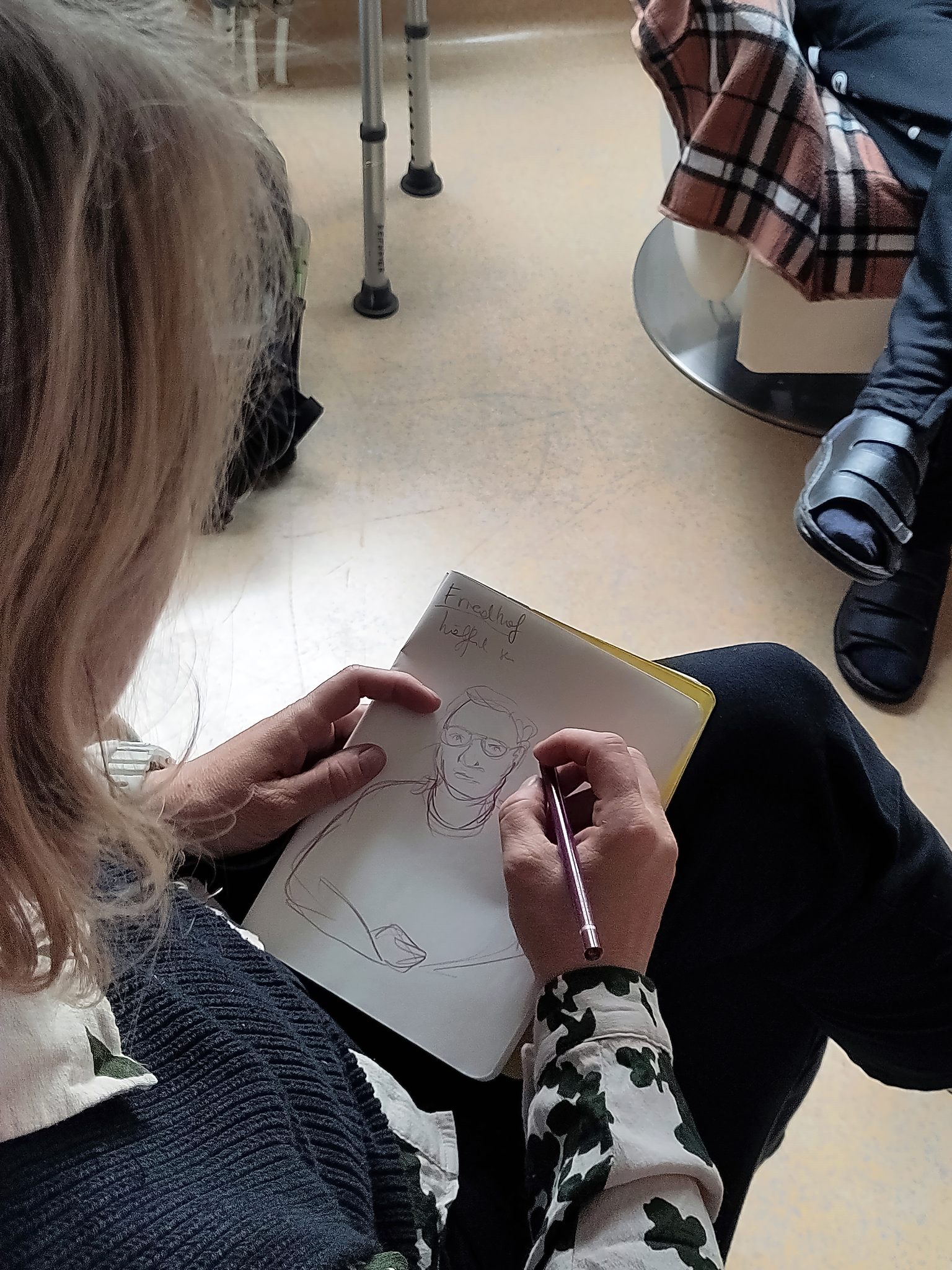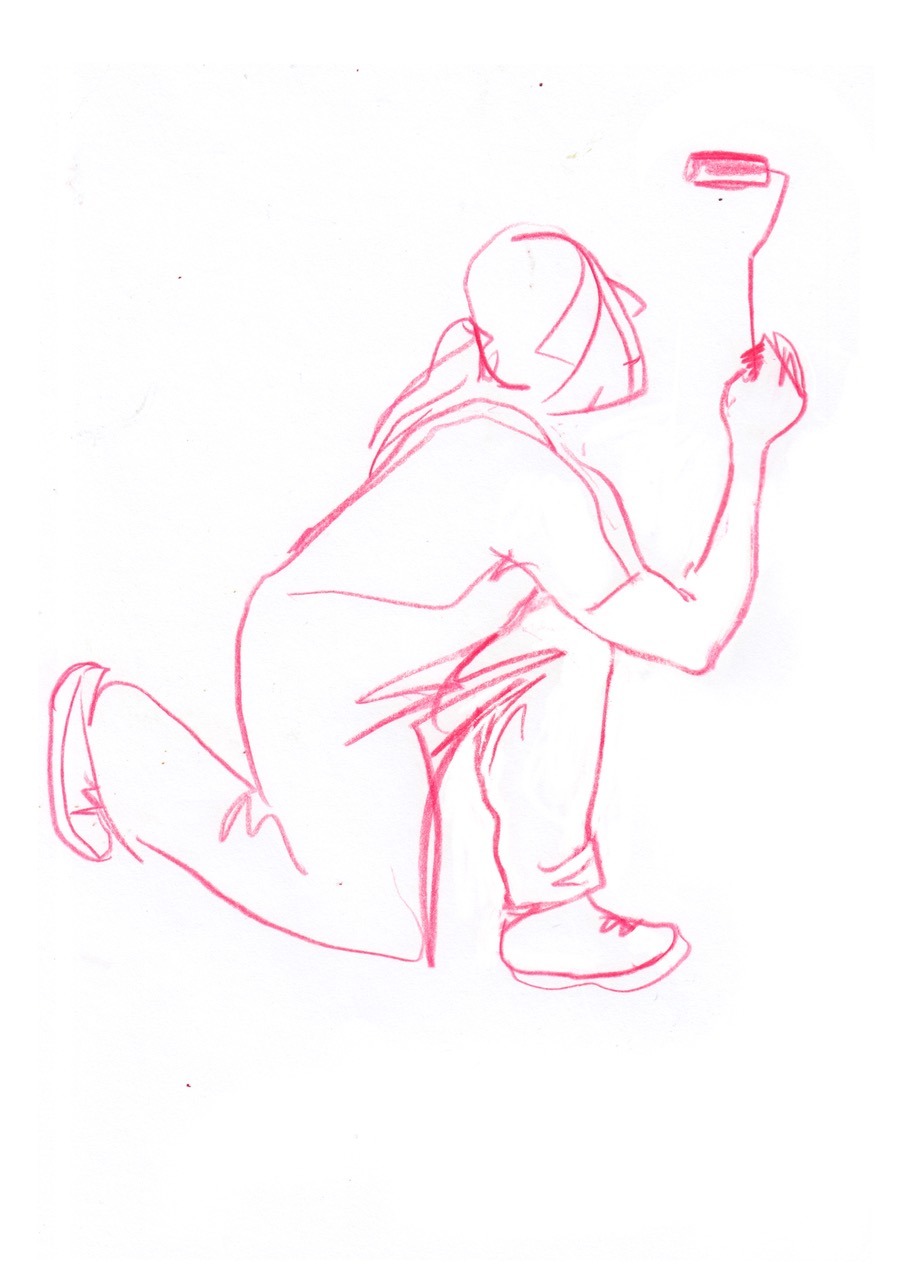Panel 2 (Research Day 2023)
Panel Chair | Elke Gaugele
12.45 | Influences of Different Microclimates and Storage Environments on the Biodiversity and Activity of Filamentous Fungi in Austrian Heritage Collections
Katharina Derksen
13.30 | Towards Post-extractive F*utures
Karin Reisinger
14.15 | Utopias and Dystopias: Conviviality as a Possibility? A Field Research Report from Cape Town*
Marina Grzinic, Jovita Pristovšek, Sophie Uitz
Presentations of Artistic Research projects are highlighted with a *.
Influences of Different Microclimates and Storage Environments on the Biodiversity and Activity of Filamentous Fungi in Austrian Heritage Collections | Katharina Derksen
Current models assessing possible effects of Climate Change on the risk of mold growth in collections, a highly problematic factor in the destruction of objects in museums, libraries and depots, are underdeveloped and require a more substantial data basis. This study is part of a larger project seeking to fill in some of these knowledge gaps.
For two years, indoor climate and fungal data are recorded at 20 sites in and around Vienna, from historic buildings without climate control to modern, fully-climatised museum depots. Cultivation samples and metagenomic analyses of dust samples give a comprehensive insight into fungal abundance and diversity. Growth experiments with selected species in the laboratory complement this study of the influence of different storage environments on the fungi. This broad data basis and final models created within the project intend to support museum institutions in developing more targeted and sustainable plans for the preservation of their collections.
about the project
Modelling the Impact of Future Climate Change on Museum Pests – Insects and Fungi
Institute for Natural Sciences and Technology in the Arts | ÖAW Heritage Science Austria, 07/2021 – 06/2025
Katja Sterflinger, Pascal Querner (Natural History Museum Vienna)
Katharina Derksen, Peter Brimblecombe (City University of Hong Kong, School of Energy and Environment), Bill Landsberger (Rathgen Research Laboratory Berlin), Johanna Leissner (Fraunhofer Institute Brussels)
In the European early and high medieval ages, wood sculptures used in ecclesiastic spaces have been vividly painted with colors and adorned with precious metals. Today, we know how these sculptures have been painted regarding technique and what types of pigments, colorants and metals have been used. However, the aesthetic and artistic effects and meanings of these sculptures and their colorful coats have rarely been studied.
By assessing systematically art technological results from available conservation research and material analysis it will be analyzed in detail how the different visual and aesthetic effects are created. These findings will then put into relation within the larger context of relevant patristic and theological writings, of encyclopedic and cosmological knowledge, and also of medieval art technological treatises – ultimately to better understand the reasons for painting and adorning wood sculpture with colors and metals, in the early and high medieval period.
Project partners
Fraunhofer Institute (IBP), Many Cultural Heritage Institutions participating in data acquisition
Towards Post-extractive F*utures | Karin Reisinger
Via strategies of making visible, bringing together, and anticipating and activating futures, and with the help of artistic tools of knowledge production, this project aims to show practices as constant reparative counter-practices amid extraction. Local voices and the openness of an ethical, intersectional framework of feminist citizen science revive the margins of how we know about fields of environmental exploitation.
These voices relentlessly criticise (academic) centres of knowledge production with their local and situated knowledges, which challenge – and in the best case improve – abstract project plans and theoretical concept tools. Complex onto-epistemologies unfold with the help of the citizens’ critique and resistance, but also through their shared interests. Thus, I will discuss subsequent adjustments and reconsidered strategies, arising from concrete onsite learning, surprising experiences, as well as ethical considerations and challenges.
about the project
Stories of Post-extractive Feminist Futures
Institute for Education in the Arts | FWF Top Citizen Science (TCS128), 03/2023 – 02/2024
Karin Reisinger
Roswitha Weingrill
The shrinking town of Eisenerz lies at the foot of the Erzberg mountain, Austria’s largest, best-known site of iron-ore extraction. The post-industrial town is experiencing a rural exodus, affecting women in particular. Mining is predominantly narrated in male, heroic narratives; counter-narratives of repair, care, reproduction and maintenance are often neglected.
Within this complex field, the project focuses on intersectional feminist perspectives, collecting feminist post-extractive stories to broaden the perception of mining areas and strengthen the focus on feminist narrations for future perspectives. We ask: Which practices contribute to the community’s continuance? We work with local associations to reach diverse groups. Mutual learning takes place in meetings and shared activities, and through the process of transformation into drawings by East Styrian artist Roswitha Weingrill. Based on collaborative science and an affirmative and inclusive approach, citizens co-produce the knowledge.
Weblink
https://www.mountains-of-ore.org/en/pef
Project partners
Kim Trogal, Hélène Frichot, Katarina Bonnevier, Anke Strüver

